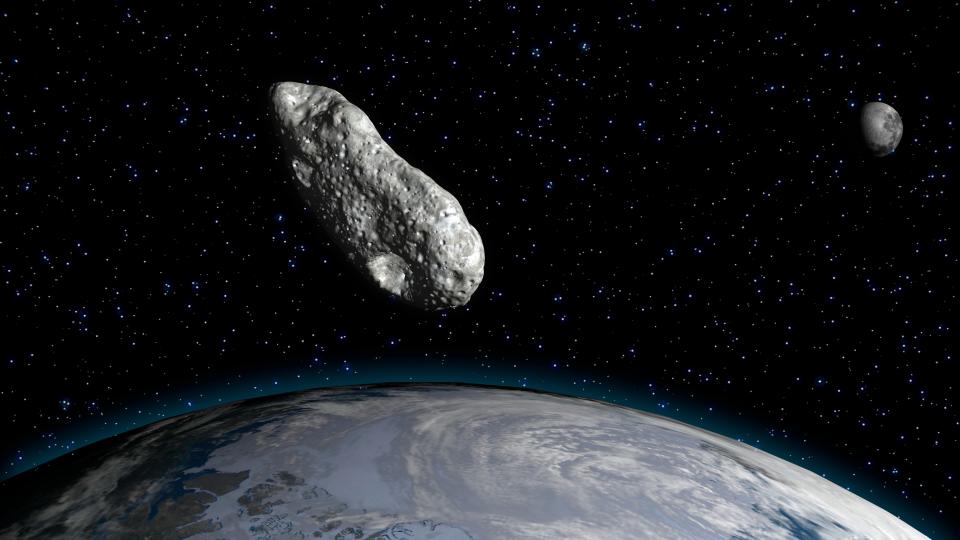When you buy through links on our articles, Future and its syndication partners may earn a commission.

On Sunday (Sept. 29), Earth captured a “second moon” that will accompany our planet on its journey around the sun for the next two months.
The clingy space rock is actually a near-Earth asteroid named 2024 PT5, which measures an estimated 33 feet (10 meters) wide, or about the length of a school bus. Snagged by Earth’s gravity during an unusually close approach, this “minimoon” is predicted to orbit our planet for just 57 days; on Nov. 25, the asteroid will break free of Earth’s influence and resume its regular orbit of the sun without a chaperone, astronomers wrote in the journal Research Notes of the AAS.
While the idea of a “second moon” may sound surreal and exciting, 2024 PT5 will be a mostly invisible travel companion. Measuring at least 300,000 times smaller than our permanent moon, the new minimoon is far too tiny to be visible to the naked eye — and commercial backyard telescopes and stargazing binoculars won’t help much, either.
“The object is too small and dim for typical amateur telescopes and binoculars,” study author Carlos de la Fuente Marcos, a professor at Universidad Complutense de Madrid, told Live Science’s sister site Space.com in an interview. “However, the object is well within the brightness range of typical telescopes used by professional astronomers.”
Related: How many moons does Earth have?
That means the only way to see Earth’s new moonlet will be to wait for researchers at a professional observatory to release images of it. (However, in the meantime, you can look for the bright comet that will be visible in the morning sky until Wednesday, Oct. 2. Here’s everything you need to know to spot Comet C/2023 A3 Tsuchinshan-ATLAS.)
—’Stepping stone to Mars’: Minimoons may help us become an interplanetary species, says MIT astrophysicist Richard Binzel
—NASA flyby of “Dinky” asteroid reveals hidden moon
—A chunk of the moon appears to be orbiting near Earth, new study suggests
According to the new study, 2024 PT5 likely originated from the Arjuna asteroid belt, a secondary asteroid belt that aligns closely with Earth’s orbit. Given its proximity to our planet, the cozy asteroid is expected to make another close flyby of Earth in January 2025, and then another in 2055.
This bus-size asteroid isn’t Earth’s first minimoon. Our planet has likely captured millions of temporary moons over its lifetime, but the first to be observed by humans was the roughly 20-foot-wide (6 m) asteroid 2006 RH120, which lingered in Earth’s orbit for 18 months from 2006 to 2007. Not long after, the space rock 2020 CD3 spent three years orbiting the planet before drifting away in 2020. Given the relatively easy trip to a minimoon from Earth, some researchers have proposed using these transient satellites as “stepping stones” for future missions to mine asteroids or explore deeper into our solar system.
